Double Lock Standing Seam (DLSS) on insulated metal-faced panels
- Roofing
- Clips
- Hidden
- Standing
- Standing seam
- Offers a fast track installation process over large areas
- Reduced thermal bridges
General information
Standing seam roofing panels on insulated metal-faced panels is a roof system with a non-vented warm substrate. The nature of insulated metal-faced panels allows large simple roofs to be covered very quickly.
Areas of application
Suitable for buildings with all humidity classes (dwellings with high occupancy, sports halls, etc) with the exception of very high humidity buildings such as swimming pools.
Technical data
| Material Thickness | 0.7mm (0.027") |
| Seam Height | 1" or 1.5" (25mm or 38mm) |
| Standard Coverage Dimensions | 16 7/8" OC (1") or 15 7/8" OC (1.5") 428mm OC (25mm) or 403mm OC (38mm) |
| Maximum Dimensions | 30'-0" Length (9.14m) |
| Minimum Dimensions | 4" OC (width) (100mm) |
| Weight | ~1.38 lbs for 16 7/8" (428mm) OC Panels |
| Minimum Slope | 1:12 (4.76⁰ or 8.3%) |
| Drainage Mat Required | Delta VMZINC Mat or VMZINC Approved Equal |
Finishes
See all aspects-
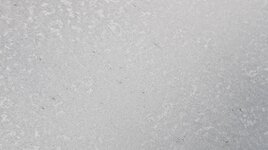 AZENGAR PLUS
AZENGAR PLUS -
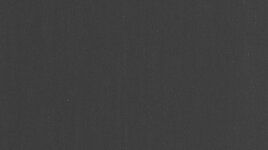 ANTHRA-ZINC PLUS
ANTHRA-ZINC PLUS -
 PIGMENTO Brown PLUS
PIGMENTO Brown PLUS -
 Natural zinc PLUS
Natural zinc PLUS -
 PIGMENTO Blue PLUS
PIGMENTO Blue PLUS -
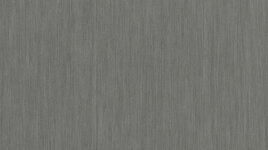 PIGMENTO Green PLUS
PIGMENTO Green PLUS -
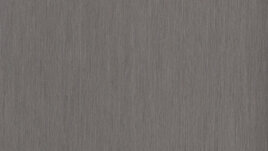 PIGMENTO red PLUS
PIGMENTO red PLUS -
 QUARTZ-ZINC PLUS
QUARTZ-ZINC PLUS
Installation
See all our installation videosDescription
The insulated metal-faced composite panel must be made from galvanised steel on both the internal and external facing (minimum thickness 0.7mm for external facing). Fixings and clips must not inhibit the required expansion and contraction of the VMZINC PLUS or cause any damage to the protective coating underneath.
The insulated metal-faced composite panel must+I7 provide a 100% vapor barrier. This is normally achieved using a panel with a vapor tight interlocking jointing system. It is the specifiers responsibility to ensure there is no risk of condensation in this type of roof construction and the use and humidity of the building should be considered before specifying this solution.
The warm side of the insulated panel joint must be sealed together with the top side. All joints and penetrations should be sealed appropriately.
The panels should be installed with the protective film in place. Protective film is recommended to be removed within 60 days post installation.